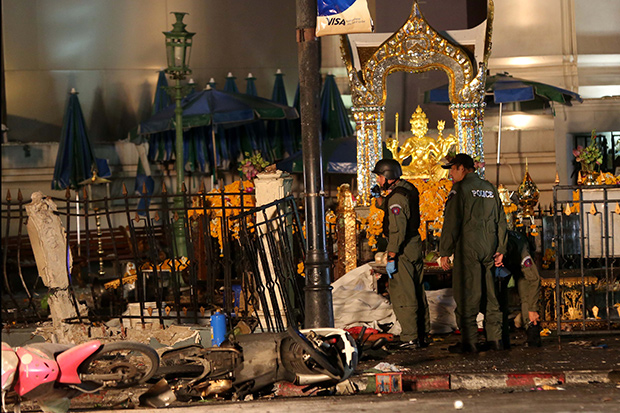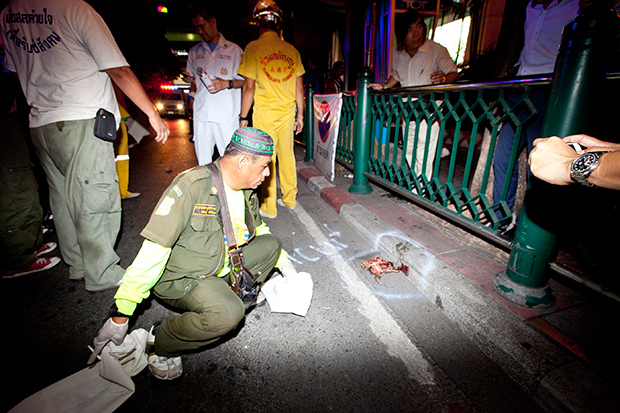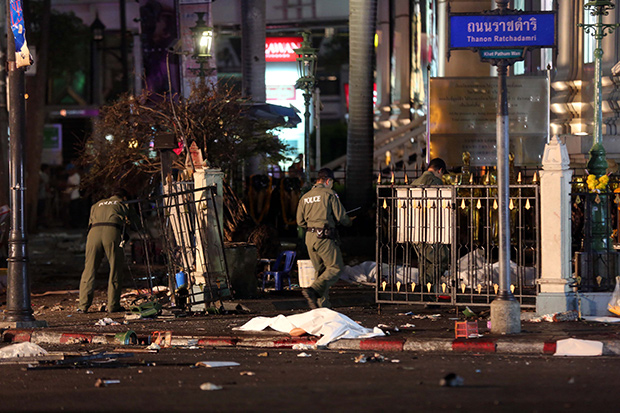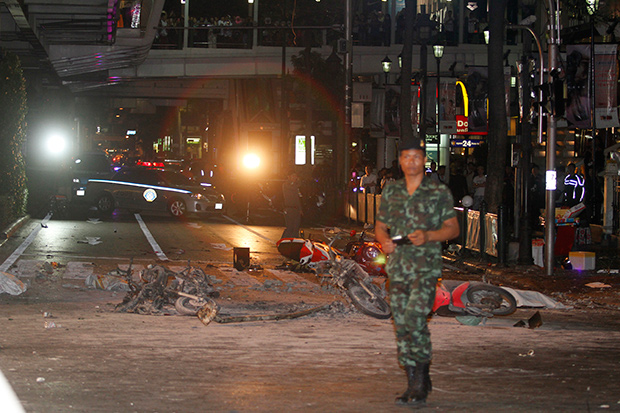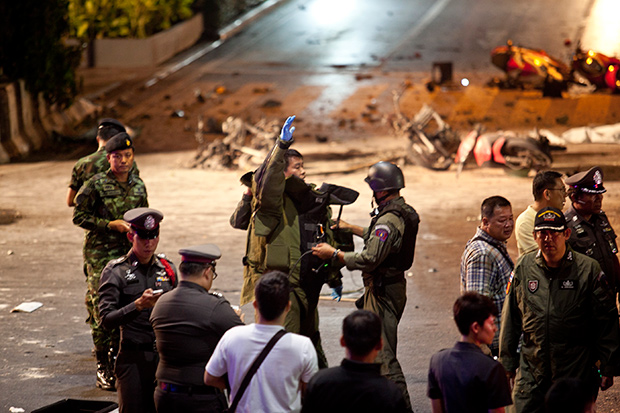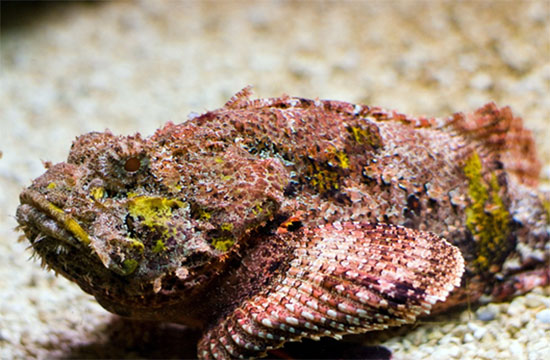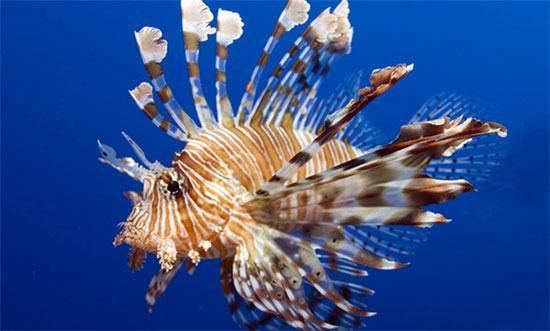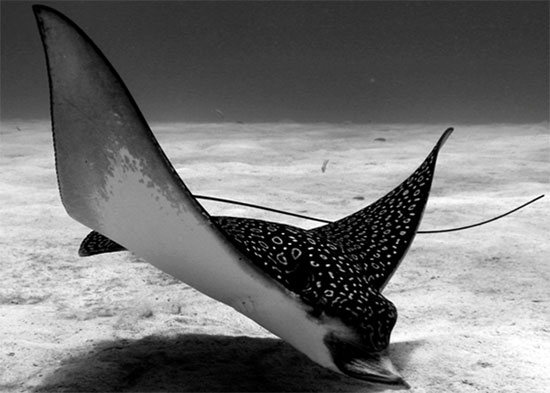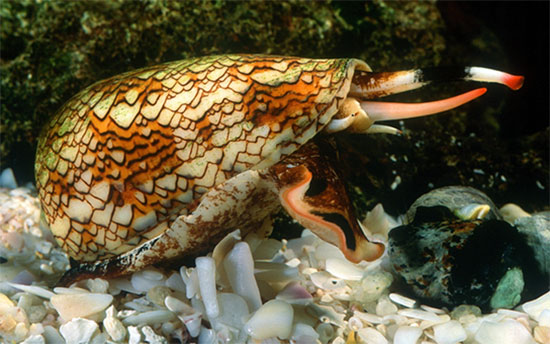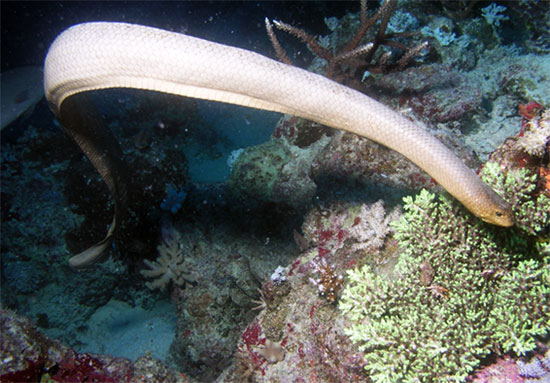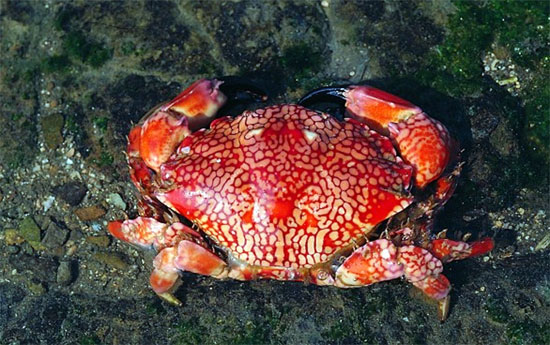BANGKOK BOMBING
Central Bangkok descended into chaos Monday
evening when a bomb exploded at Ratchaprasong intersection, killing 20
people, including three foreigners, and injuring at least 125.
The explosion occurred about 7pm near the Brahmin statue at the
Erawan Shrine on the intersection packed with evening rush-hour
commuters and tourists, many of whom were visiting the shrine.
With a powerful flash caught on security video and a boom heard
blocks away, the blast from the IED (improvised explosive device)
scattered body parts across Rachaprasong intersection, spattered blood,
blasted windows and burned motorbikes to the metal.
"Suddenly there was a big boom, and the whole room just shook, like
someone dropped a wrecking ball on top of our ceiling," said Pim
Niyomwan, an English instructor working on the eighth floor of the
building right next to the shrine. "The whole building just shook. My
four students were hysterical."

Emergency staff help the injured at the scene of the explosion near the Erawan Shrine. (EPA photo)
Police said the bomb was left on a bench beside the low fence of the
shrine close to the intersection. Two objects suspected to be explosive
devices were also discovered next to a nearby BTS station pillar near
the shrine.
The national police chief, Pol Gen Somyot Pumpunmuang and others
called it a vicious act meant to target helpless civilians but stopped
short of labelling it "terrorism". No one or group had claimed
responsibility by Tuesday morning.
At least three foreign nationals were among the dead, according to
the national police chief. China's embassy in Bangkok said two Chinese
nationals were killed, the Xinhua news agency reported.
On Tuesday morning, police revised the human toll from the bomb,
citing some confusion at the scene, and deaths that occurred in
hospitals among the badly wounded.
As of 8am Tuesday, the toll stood at 20 dead, including the two
Chinese and one Filipino. Police said 125 were injured badly enough to
need medical care, but did not provide a breakdown of Thai and foreign
victims.
About seven of the bodies were collected from the shrine by Por Teck Tung rescue volunteers.
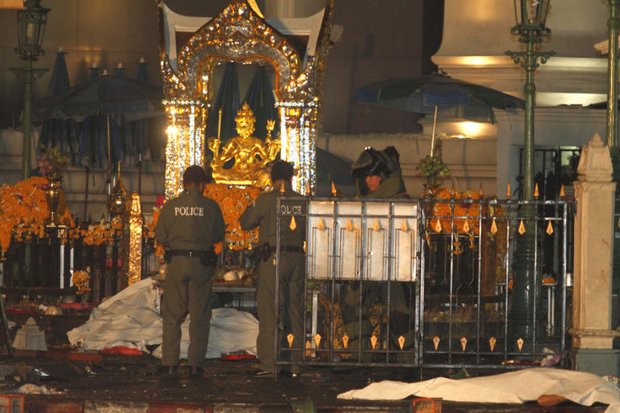
Bomb experts study the Erawan Shrine, near ground zero of the blast,
and always a magnet for crowds of local people and tourists alike.
(Photo by Thanarak Khunton)
UN Secretary General Ban Ki Moon was "shocked" to learn about the
deadly explosion. He hopes that "those responsible will be brought to
justice," according to a statement from a UN spokesperson.
The United States, meanwhile, "condemns this deplorable act of
violence," National Security Council spokesman Ned Price said in a
statement.
The US embassy in Bangkok issued an "emergency message" to Americans in Bangkok informing them of the blast.
"US Embassy personnel are liaising closely with local authorities to
gather information," it said. "US citizens are advised to avoid the area
and monitor local media for updates."
At least five motorcycles caught fire. Police denied the bomb had been planted in a motorcycle.
At 7.15pm, police closed the intersection to traffic to allow bomb
disposal experts to get to the scene and rescue workers to move in. BTS
trains to the area were immediately halted.
Police chief Somyot said the bomb at the shrine was improvised, with
gunpowder stuffed inside a pipe, and detonated in a similar way to how a
TNT device is set off.
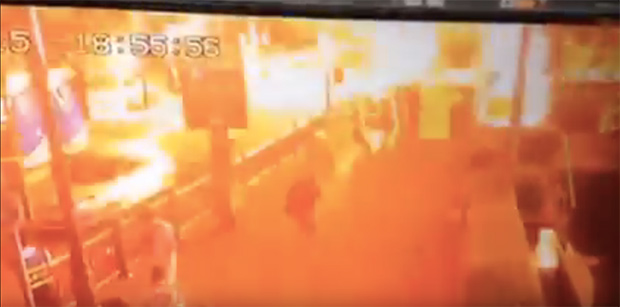
A screen capture from CCTV footage shows the moment of the explosion at the Ratchaprasong intersection in Bangkok Monday night.
"It was a barbaric act perpetrated during a busy time and the attack
was meant to kill people," he said, adding the device was capable of
causing destruction within a 40-metre radius.
Several bodies with visible burns were seen at the intersection,
which was littered with human remains and debris from the blast. Rescue
workers administered first aid to the injured, who sustained deep wounds
and lacerations, and took them to the nearby Police General Hospital.
Some of the injured were also rushed to Ramathibodi, Rajavithi,
Phramongkutklao, Chulalongkorn, Klang, Bangkok Christian and Phayathai 1
hospitals.
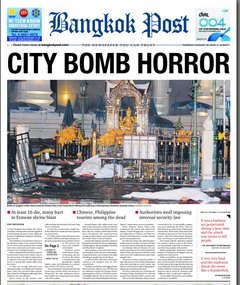
Tuesday's Bangkok Post was on the streets early to report on the shocking story.
The emergency room of the Police General Hospital, which sits across
Ratchaprasong intersection, was swamped last night attending to people
hurt in the blasts.
A staff member said about 20 people rushed to the hospital were in critical condition.
The blast was the third and biggest bomb attack since the military
coup. The first was an explosion outside the Paragon shopping complex on
Feb 1, in which one person was slightly injured. The second was at the
Criminal Court on Ratchadaphisek Road on March 7, where there were no
casualties.
Prime Minister Prayut Chan-o-cha condemned the attack and ordered his
deputy, Prawit Wongsuwon, to put security authorities on full alert,
said Maj Gen Sansern Kaewkamnerd, a former deputy government spokesman.
He said Gen Prayut has ordered police, soldiers and city workers to inspect the blast scene and launch a thorough investigation.
According to Maj Gen Sansern, it is too early to speculate on the
motive behind the blast but the government will take harsh action as it
was a deliberate attempt to take people's lives.
The prime minister urged the public to stay calm and not rush to
share information about the bombing on social media, said Maj Gen
Weerachon Sukhondhapatipak, deputy government spokesman.
Security authorities are reviewing the situation before deciding if the internal security law will be invoked, a source said.
The 1st Cavalry Battalion, King's Guard, issued alerts for 10
potentially dangerous areas following the blast. They are Ratchaprasong
intersection, Pathumwan intersection, Silom Road, Khao San Road,
Narathiwat intersection, the Victory Monument, Tuek Chai Intersection,
Benjasiri Park, Soi Thong Lor and Sukhumvit Road.
Gen Prawit said the explosion targeted the country's tourism sector
as the attackers intentionally launched an attack in a crowded area
popular with tourists.
British ambassador Mark Kent warned Britons in Thailand to be vigilant and stay updated on travel advice.
Police and soldiers set up checkpoints and are patrolling areas which
could be targets, Gen Prawit said. He insisted there was no indication
at this stage that the bombing was politically motivated though Deputy
Defence Minister and army chief Udomdej Sitabutr said an attack by
elements with "different views" could not be ruled out.
"It is possible that another such incident could occur," he added.

A Google map of central Bangkok shows the exact point of the bomb blast.
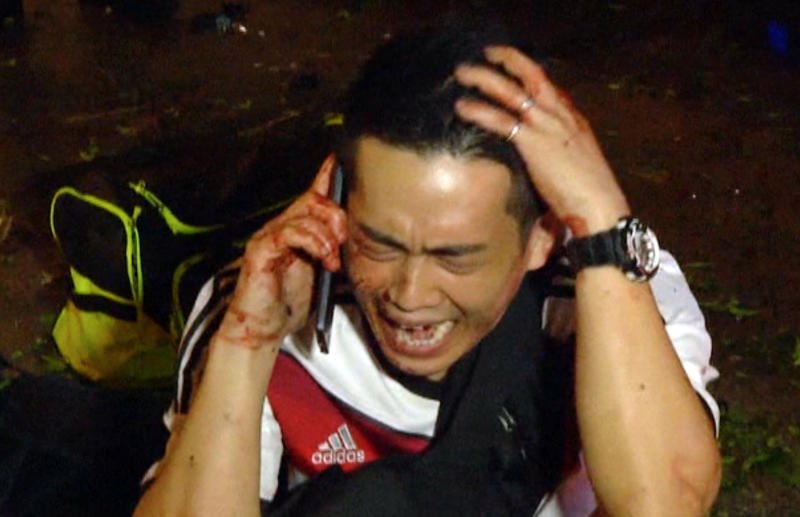
A man talks with family immediately after the blast. (Image from AP video)
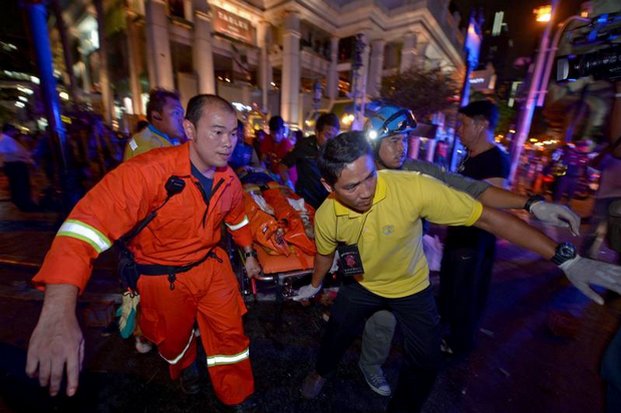
Rescue workers rush a bombing victim from the scene of the blast Monday evening. (AFP photo)
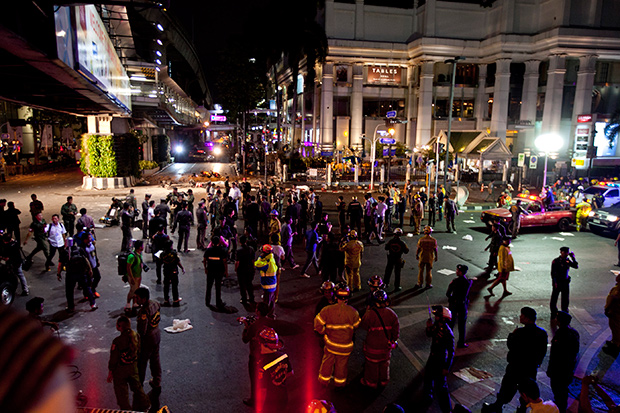
Related search: Bangkok bomb,
Ratchaprasong,
August 17 bomb
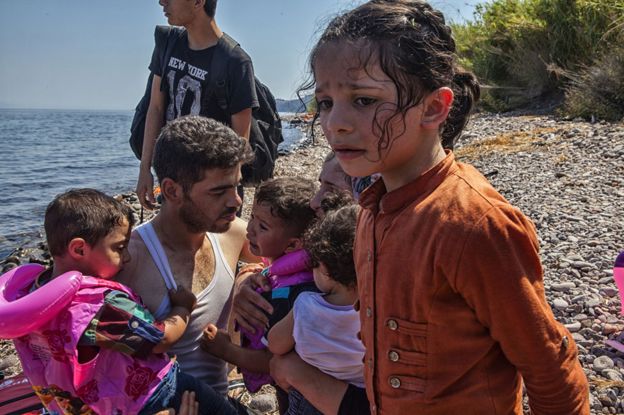
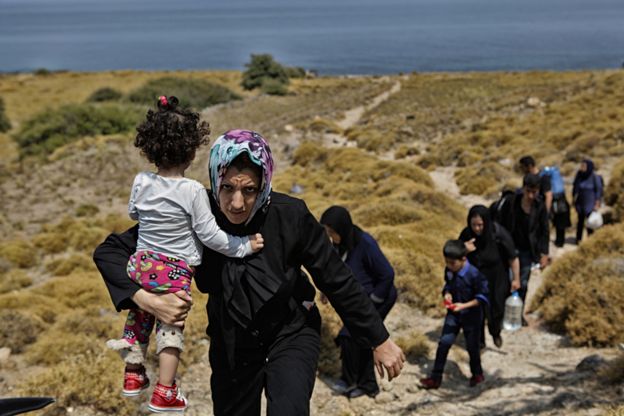
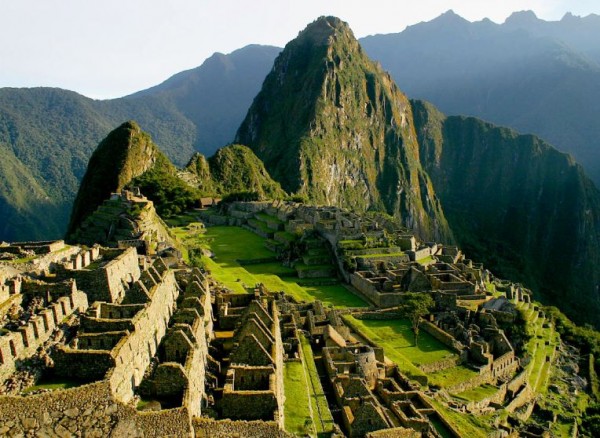
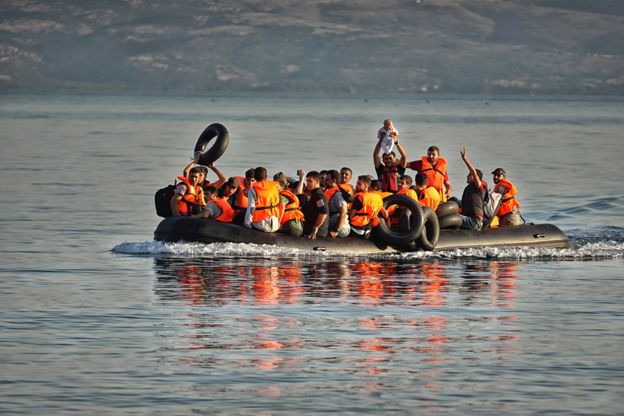
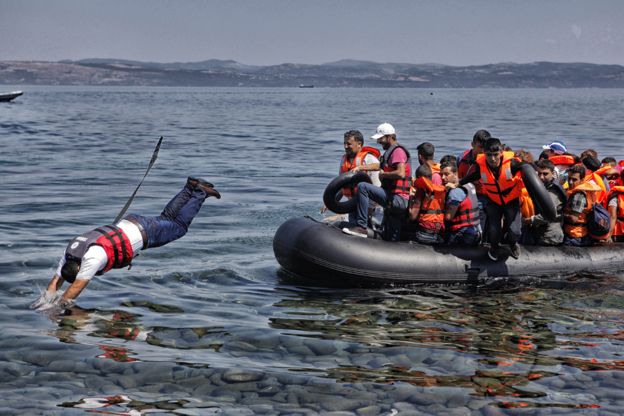
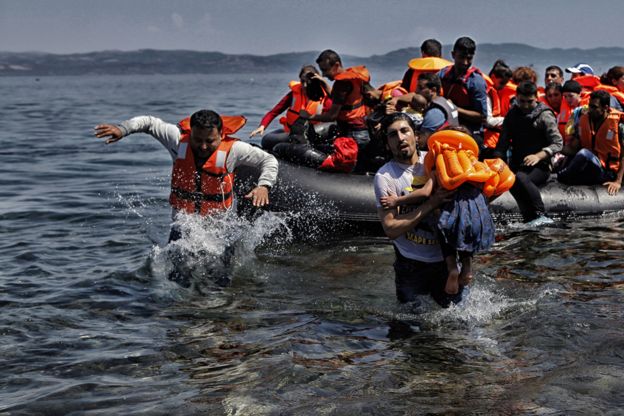



 Abdul
Haleem al-Kader with his daughter Abdelillah, 4, who was tracked down
on social media after this photo, showing him selling pens on the
street, went viral. (Photo: IndieGogo)
Abdul
Haleem al-Kader with his daughter Abdelillah, 4, who was tracked down
on social media after this photo, showing him selling pens on the
street, went viral. (Photo: IndieGogo)
 Gissur Simonarson, who first posted the image of al-Kader and his daughter. (Photo: Facebook)
Gissur Simonarson, who first posted the image of al-Kader and his daughter. (Photo: Facebook) Activist Carol Malouf with 4-year-old Abdelillah. (Photo: IndieGogo via Twitter/Carol Malouf)
Activist Carol Malouf with 4-year-old Abdelillah. (Photo: IndieGogo via Twitter/Carol Malouf) Al-Kader and his kids at home. (Photo: IndieGogo via Twitter/Carol Malouf)
Al-Kader and his kids at home. (Photo: IndieGogo via Twitter/Carol Malouf)

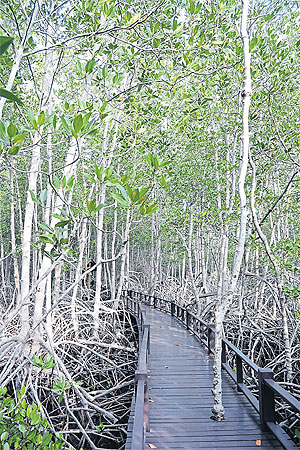 Pran Buri Forest Park was established in 1974 by the Forestry
Department after Her Majesty Queen Sirikit visited Pak Nam Pran Buri
Village in Pran Buri district, saw many mangrove trees and wanted to
support the growing of more trees along the coastline. This special
project developed 1,984 rai of Khlong Kao and Khlong Doi forests — which
consists of mangrove forests, mixed deciduous forests, coastal land and
deserted land — into a multipurpose forest. Later in 1982, the
department declared this area a forest park because it has a beautiful
beach as well as mangrove and mixed deciduous forests running alongside
the Pran Buri River. In 2003, Their Majesties the King and Queen visited
Pran Buri Forest Park and expressed their concern for the forests,
especially the mangrove forests. Here, visitors will be able to enjoy
birdwatching, camping by the sea, trekking the dry evergreen forest on
the Chao Phor Hua Laem Hill and strolling the 1km-long mangrove forest
study route. This forest park has various kinds of plants and wild
animals, such as monkeys, barking deer, snakes and lizards. From the
1km-long Pran Khiri beach, the scenic views of Tao and Singto islands
and Khao Takiab and Khao Tao hills can be seen.
Pran Buri Forest Park was established in 1974 by the Forestry
Department after Her Majesty Queen Sirikit visited Pak Nam Pran Buri
Village in Pran Buri district, saw many mangrove trees and wanted to
support the growing of more trees along the coastline. This special
project developed 1,984 rai of Khlong Kao and Khlong Doi forests — which
consists of mangrove forests, mixed deciduous forests, coastal land and
deserted land — into a multipurpose forest. Later in 1982, the
department declared this area a forest park because it has a beautiful
beach as well as mangrove and mixed deciduous forests running alongside
the Pran Buri River. In 2003, Their Majesties the King and Queen visited
Pran Buri Forest Park and expressed their concern for the forests,
especially the mangrove forests. Here, visitors will be able to enjoy
birdwatching, camping by the sea, trekking the dry evergreen forest on
the Chao Phor Hua Laem Hill and strolling the 1km-long mangrove forest
study route. This forest park has various kinds of plants and wild
animals, such as monkeys, barking deer, snakes and lizards. From the
1km-long Pran Khiri beach, the scenic views of Tao and Singto islands
and Khao Takiab and Khao Tao hills can be seen.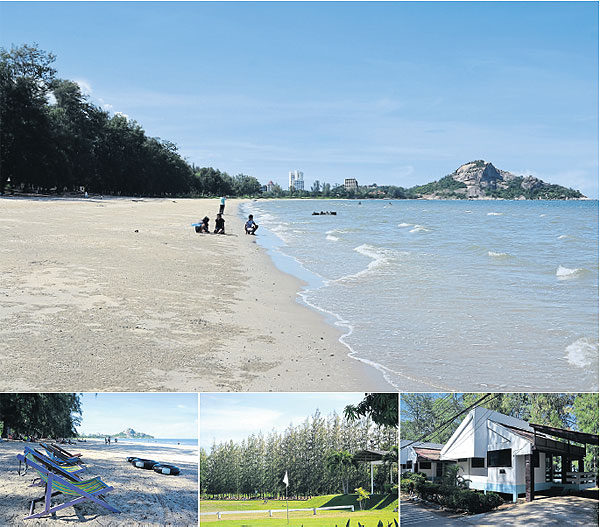 Located in Ban Nong Kae, Hua Hin, about 190km from Bangkok, the
Suanson Pradipat Army Rehabilitation and Recreation Centre has been in
service since 1970. It is home to a beautiful, clean and peaceful beach.
It offers bungalows and a camping area for army officers, families and
the general public to rent at reasonable prices. It also has a golf
practising centre, running tracks, restaurants, meeting rooms and food
centres. The rates of bungalows per room per night range from 110 baht
for army officers and families and 220 baht for the general public for
dormitories to 1,850 baht for army officers and families and 3,700 baht
for the general public for a three-bedroom bungalow.
Located in Ban Nong Kae, Hua Hin, about 190km from Bangkok, the
Suanson Pradipat Army Rehabilitation and Recreation Centre has been in
service since 1970. It is home to a beautiful, clean and peaceful beach.
It offers bungalows and a camping area for army officers, families and
the general public to rent at reasonable prices. It also has a golf
practising centre, running tracks, restaurants, meeting rooms and food
centres. The rates of bungalows per room per night range from 110 baht
for army officers and families and 220 baht for the general public for
dormitories to 1,850 baht for army officers and families and 3,700 baht
for the general public for a three-bedroom bungalow.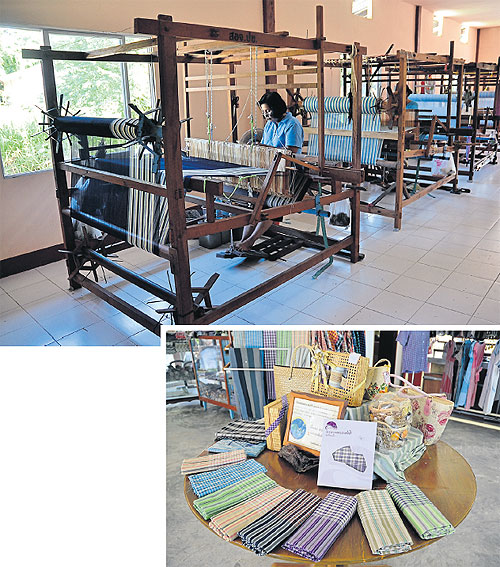 Located in soi Hua Hin 101, the Ban Khao Tao Professional Handicraft
Centre was previously called the Ban Khao Tao Weaving Training Centre.
It is a royal project initiated by Their Majesties the King and Queen.
It dates back to 1964 when Their Majesties the King and Queen were
staying at Klai Kangwon Palace, Hua Hin, and visited Ban Khao Tao’s
villagers who were then mostly fishermen. After learning that the
villagers could not earn their living during the rainy season,
especially the monsoon period, His Majesty King Bhumibol Adulyadej
ordered that a class be organised for lecturers to teach the art of
cotton weaving using traditional northern looms called kee kratook for
the residents of Ban Khao Tao and nearby villagers. Their Majesties the
King and Queen visited the centre four times. The group currently has 25
members, eight of whom are active. Woven with fine 100% cotton thread,
fabrics from Ban Khao Tao are of a distinctive quality and allow air to
pass through them. Visitors should not miss the unique pha khao ma
clothes woven with nine horizontal threads. In addition, handmade
fabrics with floral designs (yok dok) are durable and as shiny as silk.
Located in soi Hua Hin 101, the Ban Khao Tao Professional Handicraft
Centre was previously called the Ban Khao Tao Weaving Training Centre.
It is a royal project initiated by Their Majesties the King and Queen.
It dates back to 1964 when Their Majesties the King and Queen were
staying at Klai Kangwon Palace, Hua Hin, and visited Ban Khao Tao’s
villagers who were then mostly fishermen. After learning that the
villagers could not earn their living during the rainy season,
especially the monsoon period, His Majesty King Bhumibol Adulyadej
ordered that a class be organised for lecturers to teach the art of
cotton weaving using traditional northern looms called kee kratook for
the residents of Ban Khao Tao and nearby villagers. Their Majesties the
King and Queen visited the centre four times. The group currently has 25
members, eight of whom are active. Woven with fine 100% cotton thread,
fabrics from Ban Khao Tao are of a distinctive quality and allow air to
pass through them. Visitors should not miss the unique pha khao ma
clothes woven with nine horizontal threads. In addition, handmade
fabrics with floral designs (yok dok) are durable and as shiny as silk. In 1963, His Majesty King Bhumibol Adulyadej visited the residents of
Hua Hin district and noticed hardships faced by those living in Ban
Khao Tao Village in tambon Nong Kae. This community was highly
populated, but lacked water for consumption. During the time of high
tides, farmland was inundated with seawater in the Thung Takad field in
this tambon and thus crops were damaged. As the local villagers gave him
a 300 rai land plot in the village, HM the King granted 60,000 baht of
his personal money to the Department of Royal Irrigation for building a
reservoir. This Khao Tao Reservoir Project is considered the first
royally-initiated project run by this department. The reservoir
initially had the capacity of keeping 600,000³ of water. HM the King
also supported the construction of Wat Khao Tao in 1958 and opened this
temple in 1961.
In 1963, His Majesty King Bhumibol Adulyadej visited the residents of
Hua Hin district and noticed hardships faced by those living in Ban
Khao Tao Village in tambon Nong Kae. This community was highly
populated, but lacked water for consumption. During the time of high
tides, farmland was inundated with seawater in the Thung Takad field in
this tambon and thus crops were damaged. As the local villagers gave him
a 300 rai land plot in the village, HM the King granted 60,000 baht of
his personal money to the Department of Royal Irrigation for building a
reservoir. This Khao Tao Reservoir Project is considered the first
royally-initiated project run by this department. The reservoir
initially had the capacity of keeping 600,000³ of water. HM the King
also supported the construction of Wat Khao Tao in 1958 and opened this
temple in 1961.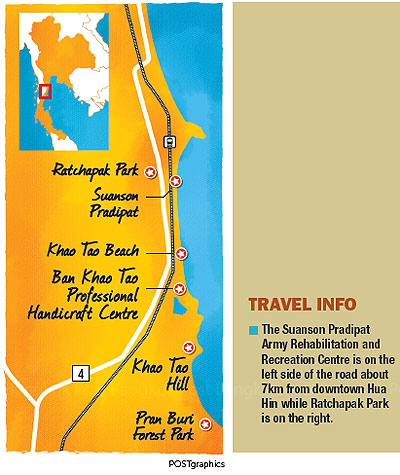



 Emergency staff help the injured at the scene of the explosion near the Erawan Shrine. (EPA photo)
Emergency staff help the injured at the scene of the explosion near the Erawan Shrine. (EPA photo) Bomb experts study the Erawan Shrine, near ground zero of the blast,
and always a magnet for crowds of local people and tourists alike.
(Photo by Thanarak Khunton)
Bomb experts study the Erawan Shrine, near ground zero of the blast,
and always a magnet for crowds of local people and tourists alike.
(Photo by Thanarak Khunton) A screen capture from CCTV footage shows the moment of the explosion at the Ratchaprasong intersection in Bangkok Monday night.
A screen capture from CCTV footage shows the moment of the explosion at the Ratchaprasong intersection in Bangkok Monday night. Tuesday's Bangkok Post was on the streets early to report on the shocking story.
Tuesday's Bangkok Post was on the streets early to report on the shocking story. A Google map of central Bangkok shows the exact point of the bomb blast.
A Google map of central Bangkok shows the exact point of the bomb blast.
 Rescue workers rush a bombing victim from the scene of the blast Monday evening. (AFP photo)
Rescue workers rush a bombing victim from the scene of the blast Monday evening. (AFP photo)
